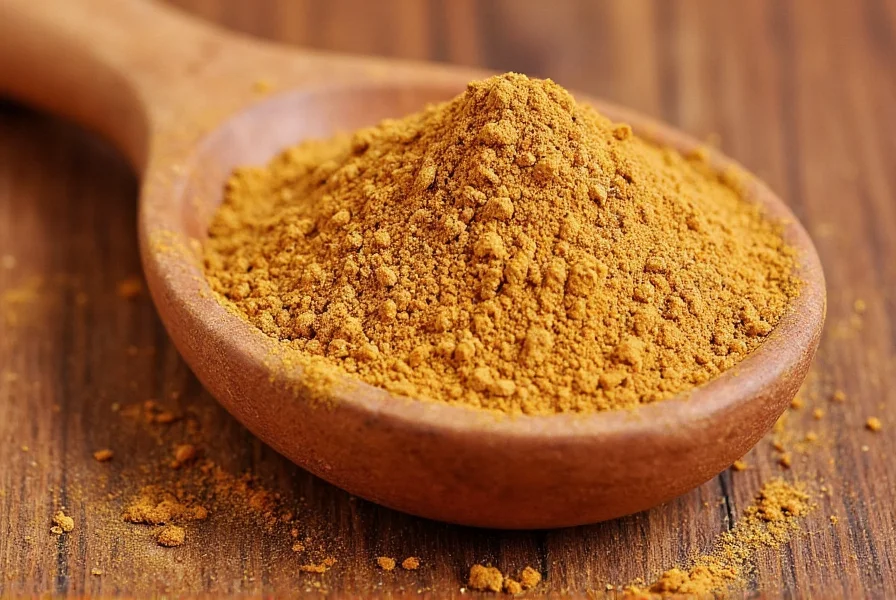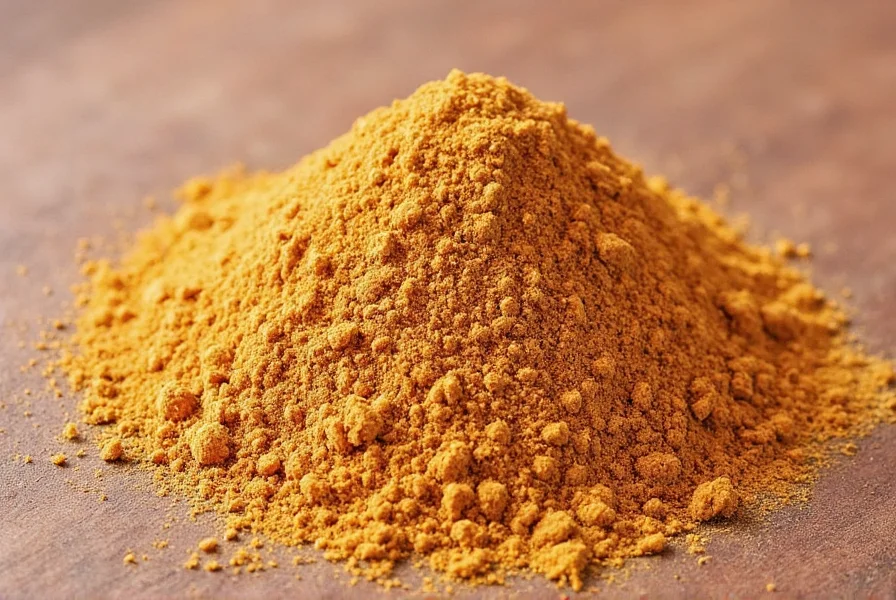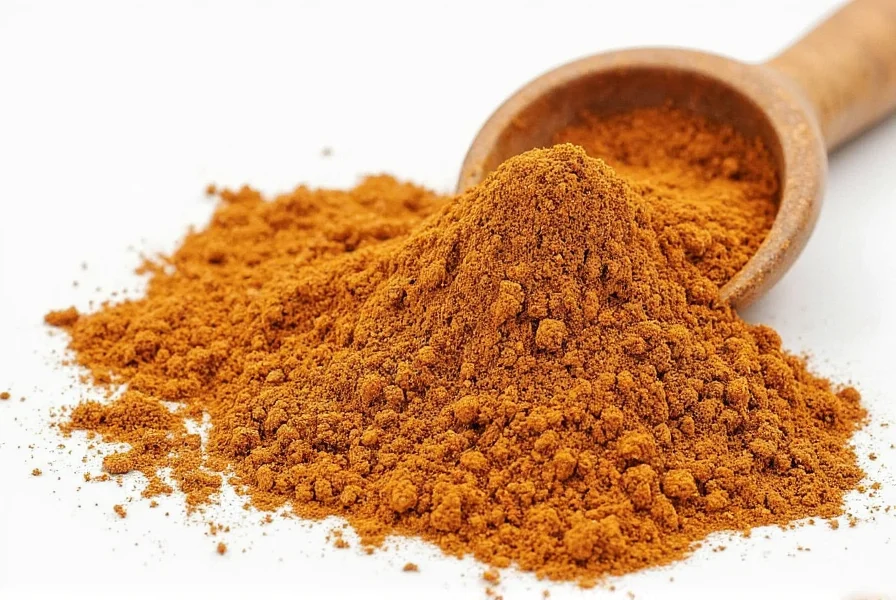Cumin powder transforms ordinary dishes into aromatic culinary experiences with its distinctive earthy warmth and subtle citrus undertones. As one of the world's most widely used spices, it serves as a foundational ingredient in countless global cuisines, from Indian garam masala to Mexican chili powder blends. Understanding how to select, store, and utilize this spice properly can significantly elevate your cooking results.
Flavor Profile and Culinary Characteristics
Cumin powder delivers a complex flavor profile that combines earthiness with warm, slightly bitter notes and a hint of citrus. When toasted properly, it develops nutty undertones that enhance savory dishes without overwhelming other ingredients. The powder form provides immediate flavor release compared to whole seeds, making it ideal for dishes requiring quick incorporation of spice notes. However, this convenience comes with reduced shelf life, as the increased surface area accelerates flavor degradation.

Cumin Powder vs. Cumin Seeds: Key Differences
Understanding the distinction between cumin powder and whole cumin seeds helps home cooks make informed decisions in the kitchen:
| Characteristic | Cumin Powder | Cumin Seeds |
|---|---|---|
| Flavor Release | Immediate impact | Requires toasting for full flavor |
| Shelf Life | 3-6 months | 1-2 years |
| Culinary Applications | Rubbed on meats, added to sauces | Tempering, pickling, whole in stews |
| Flavor Intensity | Milder, more diffused | More concentrated, complex |
Global Culinary Applications
Cumin powder serves as a cornerstone spice across multiple culinary traditions. In Indian cooking, it forms part of garam masala and appears in virtually all curry preparations. Mexican cuisine relies on cumin powder for authentic chili con carne and taco seasoning blends. Middle Eastern dishes like falafel and hummus gain distinctive flavor from this spice, while North African tagines and spice mixes incorporate it for depth. Mediterranean dishes, particularly in Spanish and Portuguese cooking, use cumin powder in sausages and stews.
Effective Substitution Options
When cumin powder isn't available, several alternatives can approximate its flavor profile depending on your recipe requirements:
- Coriander powder - Provides earthiness with less heat (use 1:1 ratio)
- Fennel seeds (ground) - Offers similar earthiness with licorice notes (use 3:4 ratio)
- Caraway seeds (ground) - Closest flavor match but stronger (use half amount)
- Chili powder - For heat component only (combine with other spices)
For the most authentic results when exploring cumin powder substitute options, consider creating a custom blend using equal parts coriander, caraway, and a pinch of chili powder.
Nutritional Profile and Potential Benefits
Cumin powder contains several beneficial compounds, including iron, manganese, and antioxidants. Two teaspoons (about 4g) provide approximately:
- 27 calories
- 2.8g dietary fiber
- 1.4mg iron (8% of daily value)
- 0.3mg manganese (13% of daily value)
Research suggests cumin may support digestion and offer anti-inflammatory properties, though these potential cumin powder benefits should be considered as part of a balanced diet rather than therapeutic solutions. Always consult healthcare professionals for medical concerns rather than relying on culinary spices for treatment.
Optimal Storage Techniques
To maximize the shelf life of cumin powder and preserve its aromatic qualities, follow these storage guidelines:
- Store in an airtight container away from light and heat
- Keep in a cool, dark pantry location (not above the stove)
- Use within 3-6 months for peak flavor (vs. 1-2 years for whole seeds)
- Consider freezing in small portions for long-term storage
Properly stored cumin powder maintains its distinctive earthy flavor profile, while degraded spice develops a musty smell and loses its characteristic warmth. Regularly check your spice collection for freshness, as stale cumin powder significantly impacts dish quality.
Mastering Cumin Powder in Cooking
For optimal flavor integration when learning how to use cumin powder in cooking, follow these professional techniques:
- Bloom in oil - Heat 1 teaspoon powder in 1 tablespoon oil for 30 seconds before adding other ingredients
- Combine with acids - Pair with lemon juice or vinegar to balance earthiness
- Layer flavors - Add early for base notes, later for brighter top notes
- Balance with sweetness - Counteract bitterness with small amounts of sugar or sweet vegetables
When developing cumin powder recipes, start with 1/4 teaspoon per serving and adjust to taste. The spice's flavor intensifies as dishes cook, so it's better to under-season initially and adjust later. For authentic Mexican dishes, combine with chili powder and oregano; for Indian cuisine, pair with coriander and turmeric.

Common Questions About Cumin Powder
Can cumin powder cause allergic reactions?
While rare, some individuals may experience allergic reactions to cumin powder, particularly those with existing spice allergies. Symptoms can include skin irritation, digestive discomfort, or respiratory issues. People with known allergies to other Apiaceae family plants (like parsley or carrots) should exercise caution when trying cumin for the first time.
Is cumin powder the same as ground cumin?
Yes, cumin powder and ground cumin refer to the same product - dried cumin seeds that have been milled into a fine powder. The terms are used interchangeably in recipes and on spice labels. Both provide immediate flavor release compared to whole cumin seeds, which require toasting to release their full flavor profile.
How much cumin powder equals one cumin seed?
Approximately 10-12 whole cumin seeds equal 1/4 teaspoon of cumin powder. However, this conversion isn't perfectly linear due to differences in flavor release and surface area. Whole seeds provide more concentrated flavor when toasted, while powder disperses more evenly throughout dishes. For best results, follow recipe specifications rather than converting measurements directly.
Does cumin powder have health benefits?
Cumin powder contains iron, manganese, and antioxidants that contribute to a healthy diet. Some studies suggest it may support digestion and offer anti-inflammatory properties, but these potential benefits should be considered as part of an overall balanced diet rather than therapeutic solutions. Culinary use of cumin powder provides flavor enhancement and nutritional value, but shouldn't replace medical treatments for health conditions.
Why does my cumin powder taste bitter?
Bitterness in cumin powder typically results from improper storage (exposure to heat or light), excessive age, or overheating during cooking. To prevent bitterness, store cumin powder in an airtight container away from heat sources, use within 3-6 months, and avoid burning the spice when blooming in oil. If your cumin powder already tastes bitter, it's best to replace it with a fresh batch for optimal flavor in your dishes.











 浙公网安备
33010002000092号
浙公网安备
33010002000092号 浙B2-20120091-4
浙B2-20120091-4